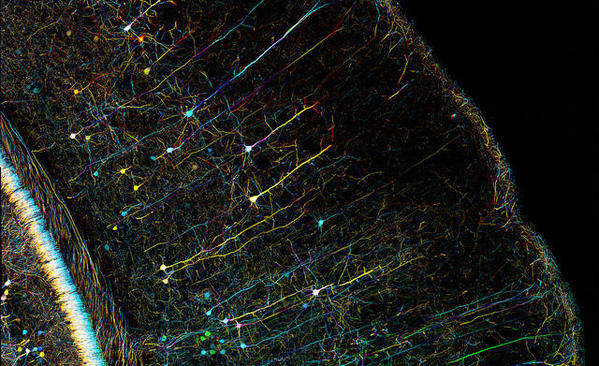In a study analyzing whole-brain images from nearly 16,000 people, researchers at the Stanford University School of Medicine identified a common pattern across a spectrum of psychiatric disorders that are widely perceived to be quite distinct.
The meta-analysis of 193 peer-reviewed papers, to be published Feb. 4 in JAMA Psychiatry, reports a loss of gray matter in three brain structures that, although physically separate, participate in a network associated with high-level functions including planning and decision-making.
The findings call into question a longstanding tendency to distinguish psychiatric disorders chiefly by their symptoms rather than their underlying brain pathology.
In any given year, nearly one in five Americans meets the criteria for a diagnosis of psychiatric illness. "The idea that these disorders share some common brain architecture and that some functions could be abnormal across so many of them is intriguing," said Thomas Insel, MD, director of the National Institute of Mental Health, who wasn't involved in the study but is familiar with its contents.
[For more go to http://medicalxpress.com/news/...ent-psychiatric.html]




Comments (2)